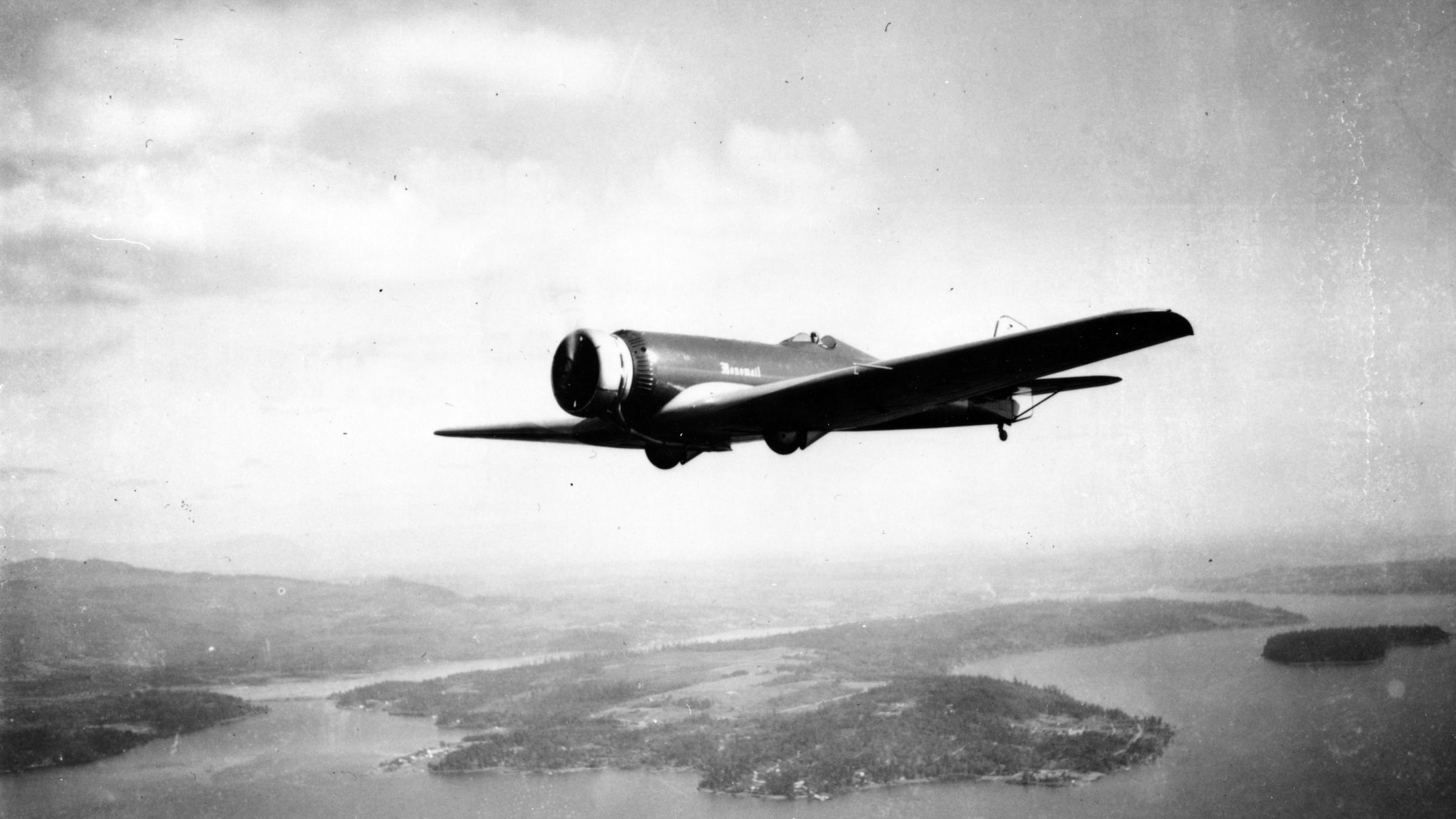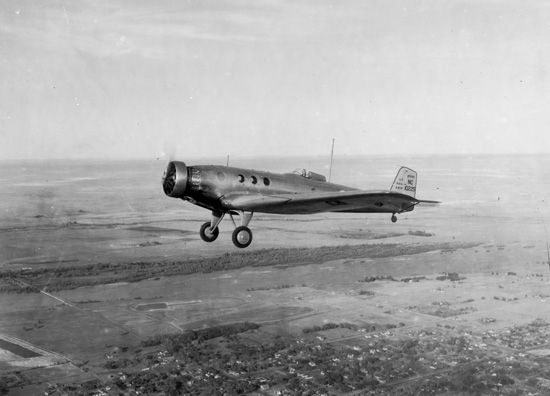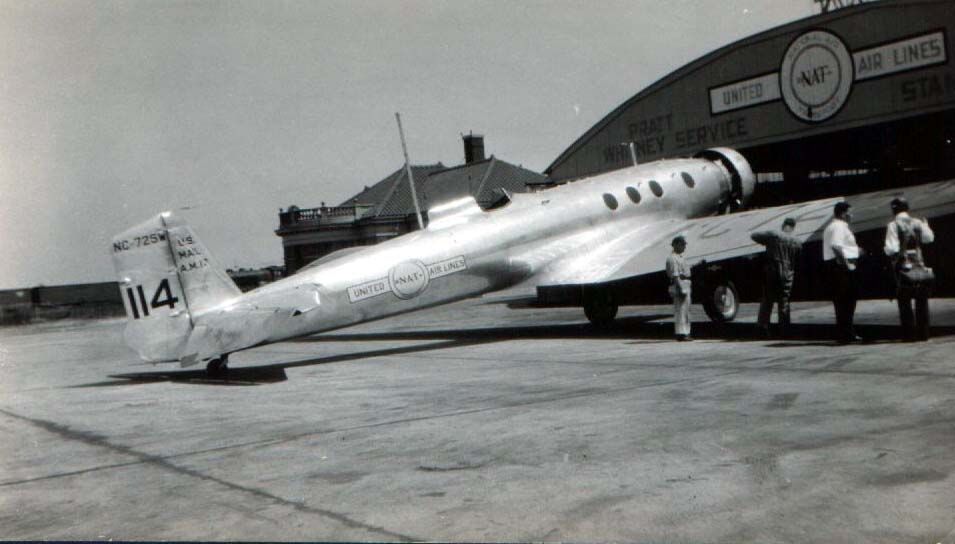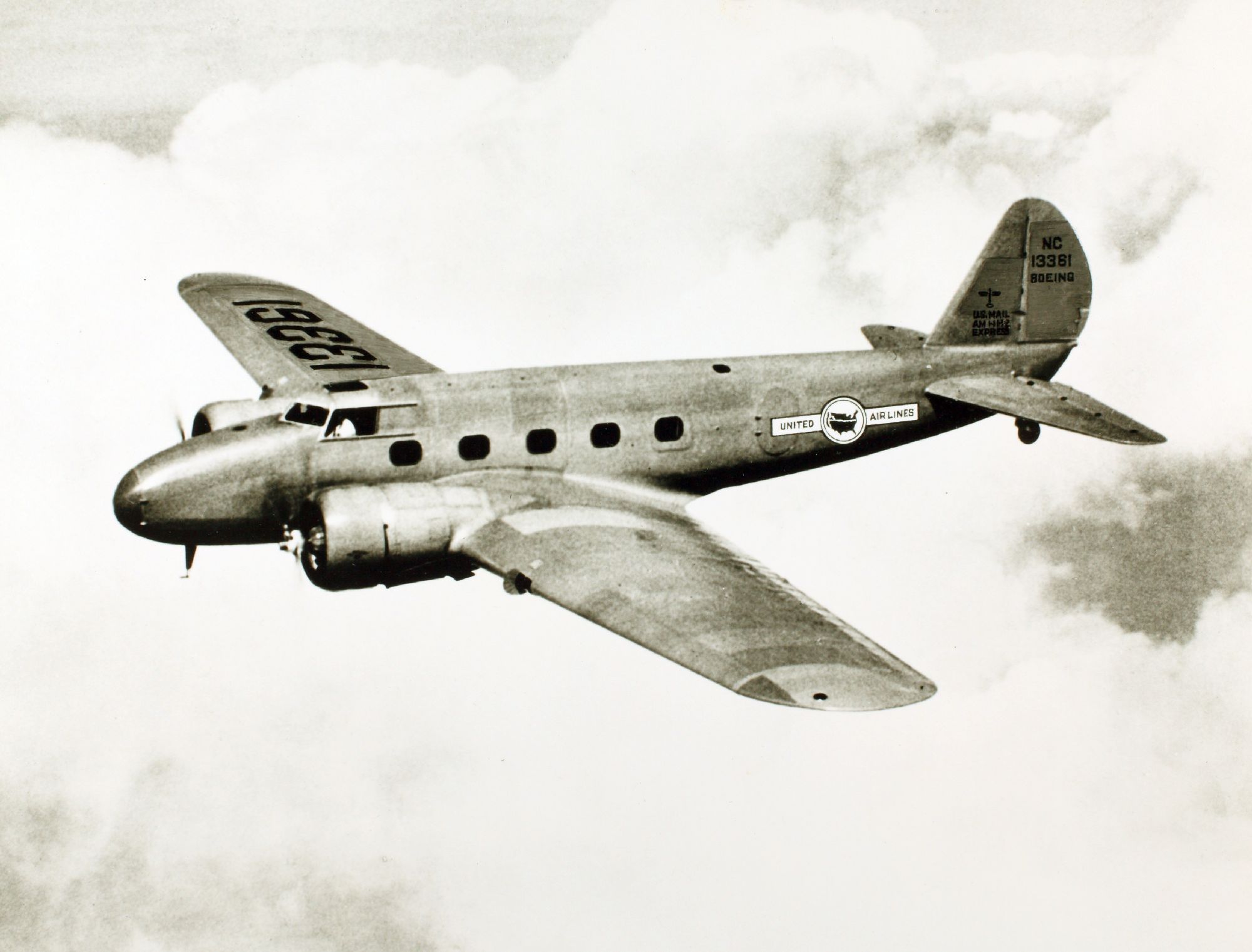Summary
- The Boeing Monomail was a groundbreaking aircraft that shifted the industry away from biplanes and set the stage for future developments.
- It featured a sleek design with a single-wing, retractable landing gear, and a streamlined fuselage, showcasing early elements of modern planes.
- While the Monomail had a short lifespan and only two models were built, it served as the inspiration for later aircraft designs, including the significant Model 247.
The Boeing Monomail was an important development in the early 1930s. It moved the industry away from biplanes and set the direction for much of what has followed since. It was used on mail and later passenger services, and by the military. Although it did not fly for long, it set the way for many further developments.
A new direction with the Monomail
Boeing's early productions pushed the United States aviation industry forward during the first half of the 20th century. Its seaplanes such as the B & W, Model C, and B-1 all sparked life into the growing market. Its biplanes such as the Model 40 also took flying prospects to the next level.
The launch of the Monomail in 1930 helped the market shift away from the traditional biplanes of the time with its sleeker single-wing design.The plane had a wingspan of 18 meters (59 feet) and a length of 12.75 meters (42 feet). The wing was set lower, and its smooth build was made entirely of metal and had no struts. The early form of the standard modern plane can be seen in the structure of this model.
Other vital advancements of the Monomail include its retractable landing gear and the streamlined fuselage. Also, the engine was covered by an antidrag cowling, adding to the aerodynamic design of the plane.
The first edition of the Monomail was the Model 200. Much like several pioneering aircraft of this era, it was a mail plane. It saw success on a route between Chicago and San Francisco from July 1931.
Love aviation history? Discover more of our stories here
The unit weighed 8,000 lbs (3,629 kg) and could accommodate approximately 1,500 lbs (680 kg) of cargo. It offered a range of 500 nautical miles (925 kilometers) with a cruising speed of 135 mph. It was powered with a single 575-horsepower Pratt & Whitney Hornet B engine.
Revisions needed
Boeing also designed another variant for passenger use in the form of the Model 221. This edition's fuselage was stretched by eight inches and gave up some shipping capacity to carry six passengers.
However, it was the introduction of the transcontinental passenger service aircraft, the Model 221A, that left an even more significant impact. This model revised the earlier units with slight fuselage extensions to enable a cabin that can hold eight passengers inside. This type saw commercial success as United Airlines (then United Air Lines) took it on for its Cheyenne to Chicago operations.
The start of something bigger
Boeing admits that one of the significant drawbacks of the Monomail was that it was ahead of its time. The design was too progressive for the engines and propellors that were around. The plane needed a low-pitch propeller for departing and a high-pitch propeller to cruise while in the air. However, by the time variable-pitch propellors arose, new multiengine aircraft entered the market. The Monomail was retired in 1933, and only the two models were ever built. Unsurprisingly, none are flying today.
Read the latest Boeing news here.
Despite this short operational life, it was the Monomail that set the standard for later aircraft. The designs of the B-9 and the P-26 Peashooter, both drew inspiration from the Monomail. These planes went on to become valuable additions to the army. The Boeing Model 247 is perhaps the most significant further development.
The Model 247 was operated by both commercial airlines and the military. The main airline operators included Avianca, Lufthansa, Canadian Pacific Airways, along with several militaries, including the United States Army Air Corps, the Royal Air Force, and the Royal Canadian Air Force.
What are your thoughts on Boeing's historical Monomail? Let us know what you think of the aircraft in the comment section.




